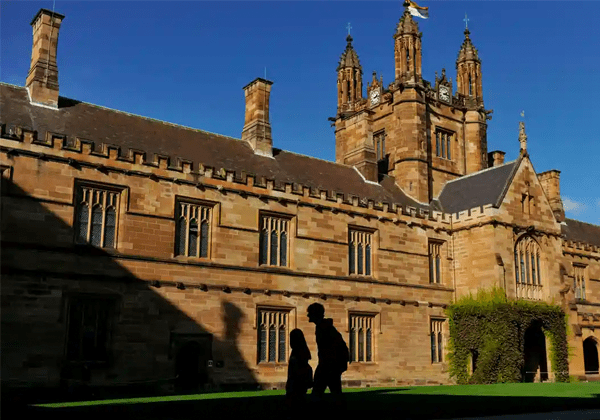Subjects disappearing, jobs being axed, faculties restructured — austerity has become a familiar state of affairs at universities across Australia to cope with dwindling revenue from international student enrolments since borders were shut last year.
New data from the Department of Education has illustrated the extent of Australia’s international student exodus. This year, 43,100 fewer international students have enrolled to study in Australian universities, down 17% compared to last year.
Only 30,768 international students commenced new courses in February, down 37% from February 2020, and 47% from 2019.

Despite a recent push by the government to diversify Australia’s international student base away from China, new enrolments from countries like India and Malaysia dropped by 50% and 52% respectively. Enrolments from Singapore are down by 45%, and Vietnam and Indonesia are down by 39%. Demand from China fared better, however, only decreasing by 22% compared with last year.
Overall, modelling predicts that this downwards trend means that there will not be enough new students to replace those graduating their courses.

For years, Australian universities had staked their futures on continued growth in international students, whose lucrative tuition fees were calculated to account for 40% of the sector’s annual student revenue at the beginning of 2020.
Since the pandemic’s unprecedented onset, Universities Australia estimated at least 17,300 jobs have been lost, citing the decline in international enrolments as the key factor for cuts. The Mitchell Institute also estimates losses of up to $19 billion over the next three years, solely due to the predicted decrease in revenue from international enrolments.
Consequently, austerity measures have become a seemingly universal reality for universities. However, it is still unclear which individual universities have been hit the hardest by decreased enrolments.
The University of Queensland, which sought to keep numbers up by discounting fees for international students, reported a “record” number of international student enrolments.
The University of Sydney, despite not implementing a similar program, saw total enrolments rise by 18% this year. In a statement, they attributed this increase to “a rapid and successful transition to online learning,” along with “a personal approach” to communication with prospective students, featuring peer-to-peer activities and large scale phone campaigns. USyd also told Honi that it had not seen a significant change in the composition of its international student body compared with last year.
Australia’s border closure is expected to remain in place until mid-2022. The NSW State Government has approved the building of a 600-bed quarantine site to bring students back for Semester Two, well ahead of the Commonwealth’s plans to begin “small phased programs” in late 2021.
The Federal Government’s restrictive approach has been criticised when compared to the more “welcoming” policies adopted by countries like the United Kingdom, Canada and the United States, where international students have been allowed to return. Experts have also warned of the impacts to Australia’s international reputation as a study destination, which may be felt long after the pandemic is over.





